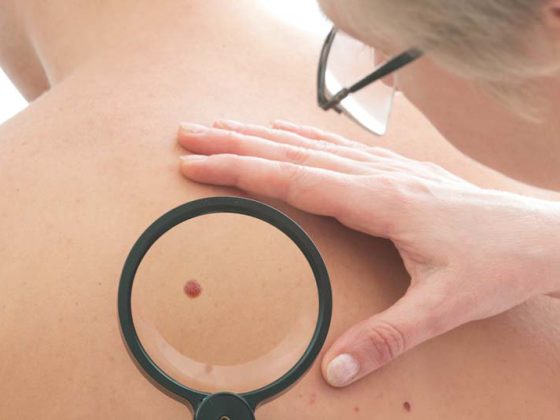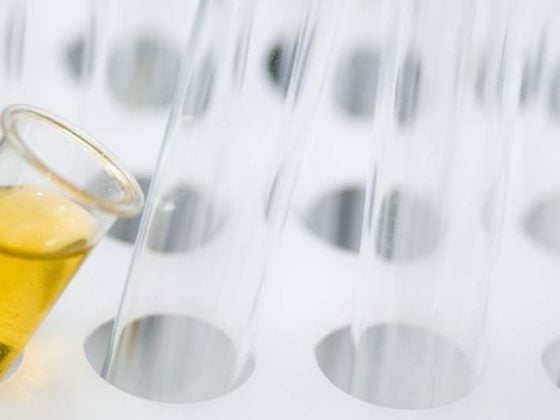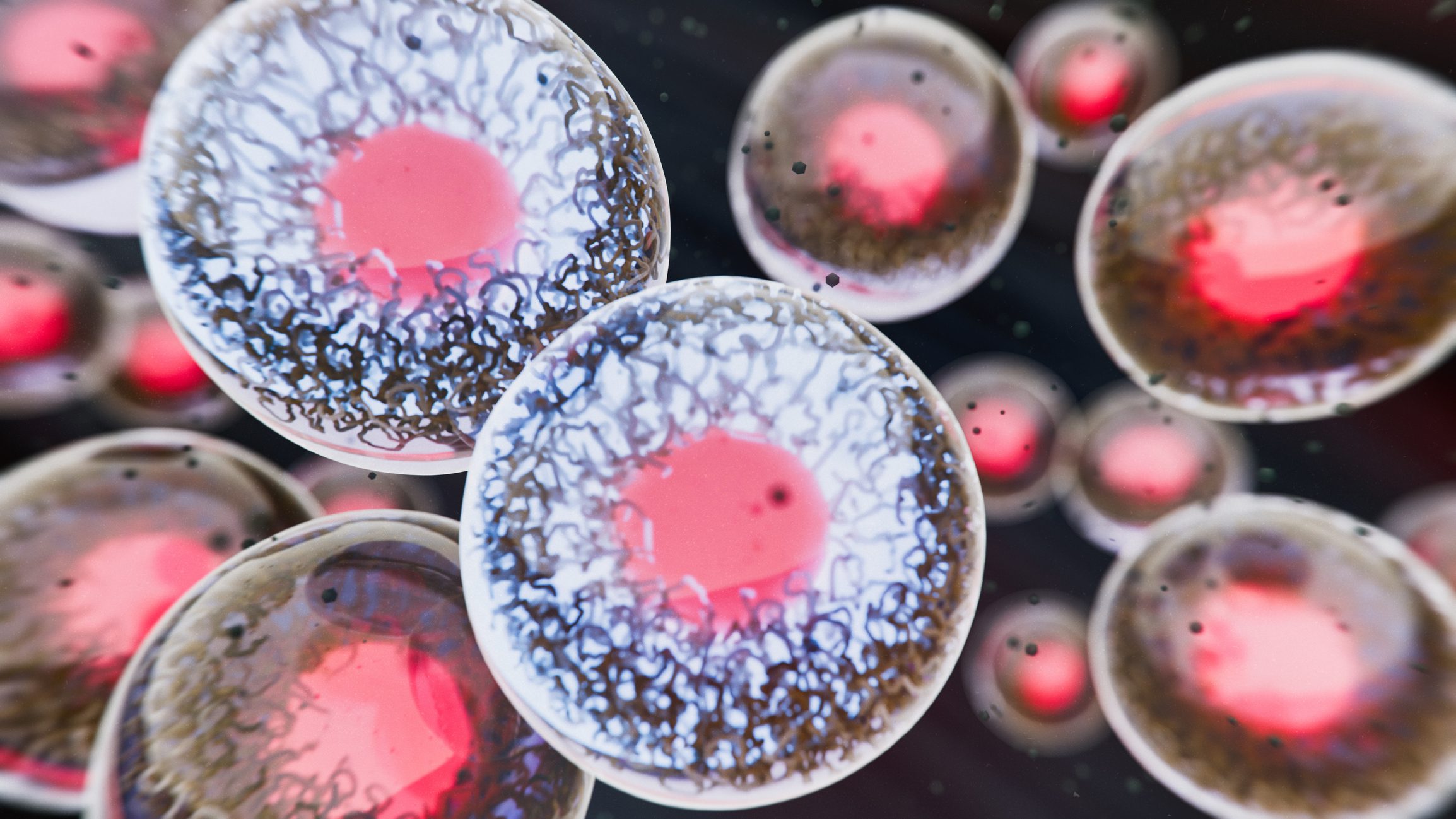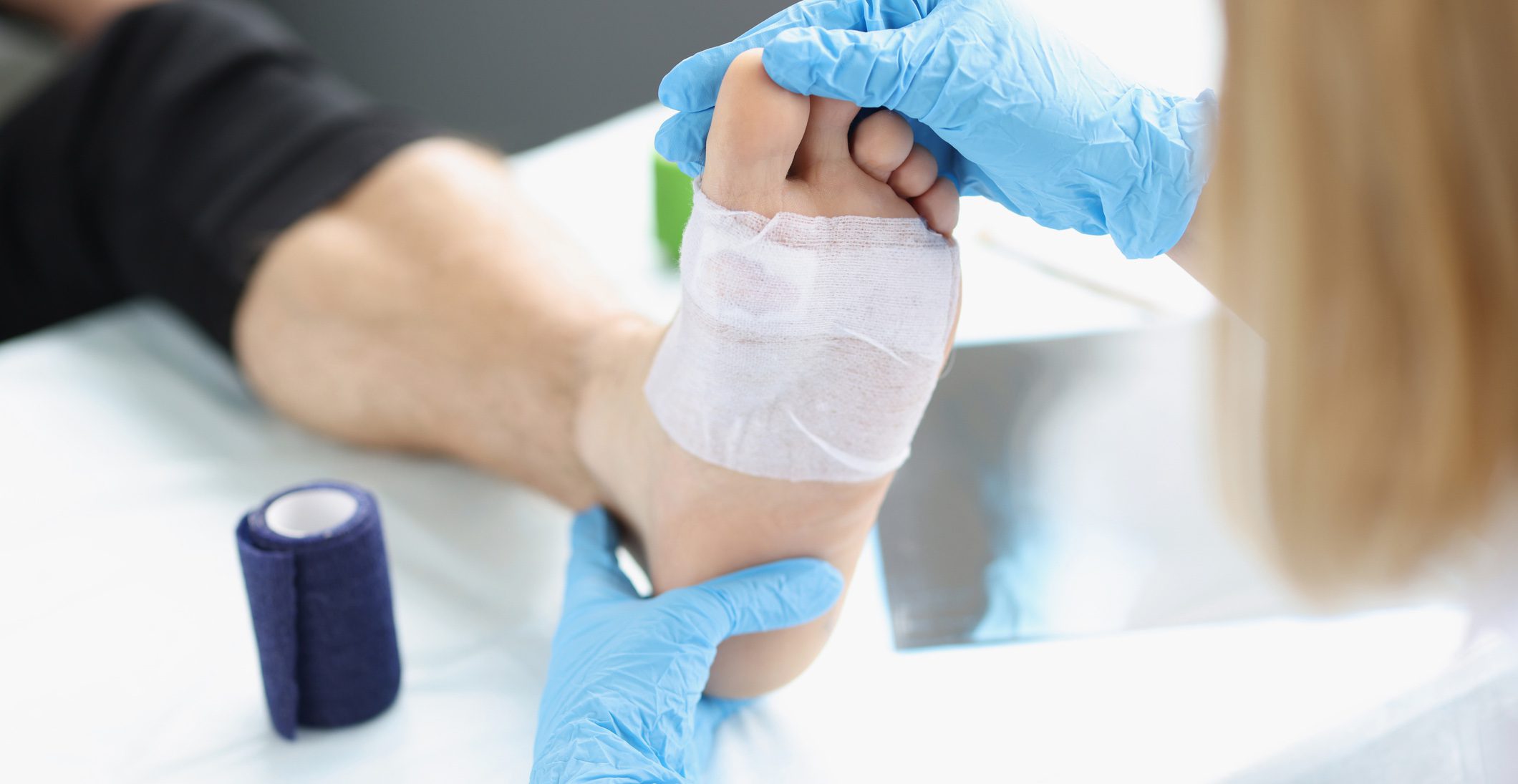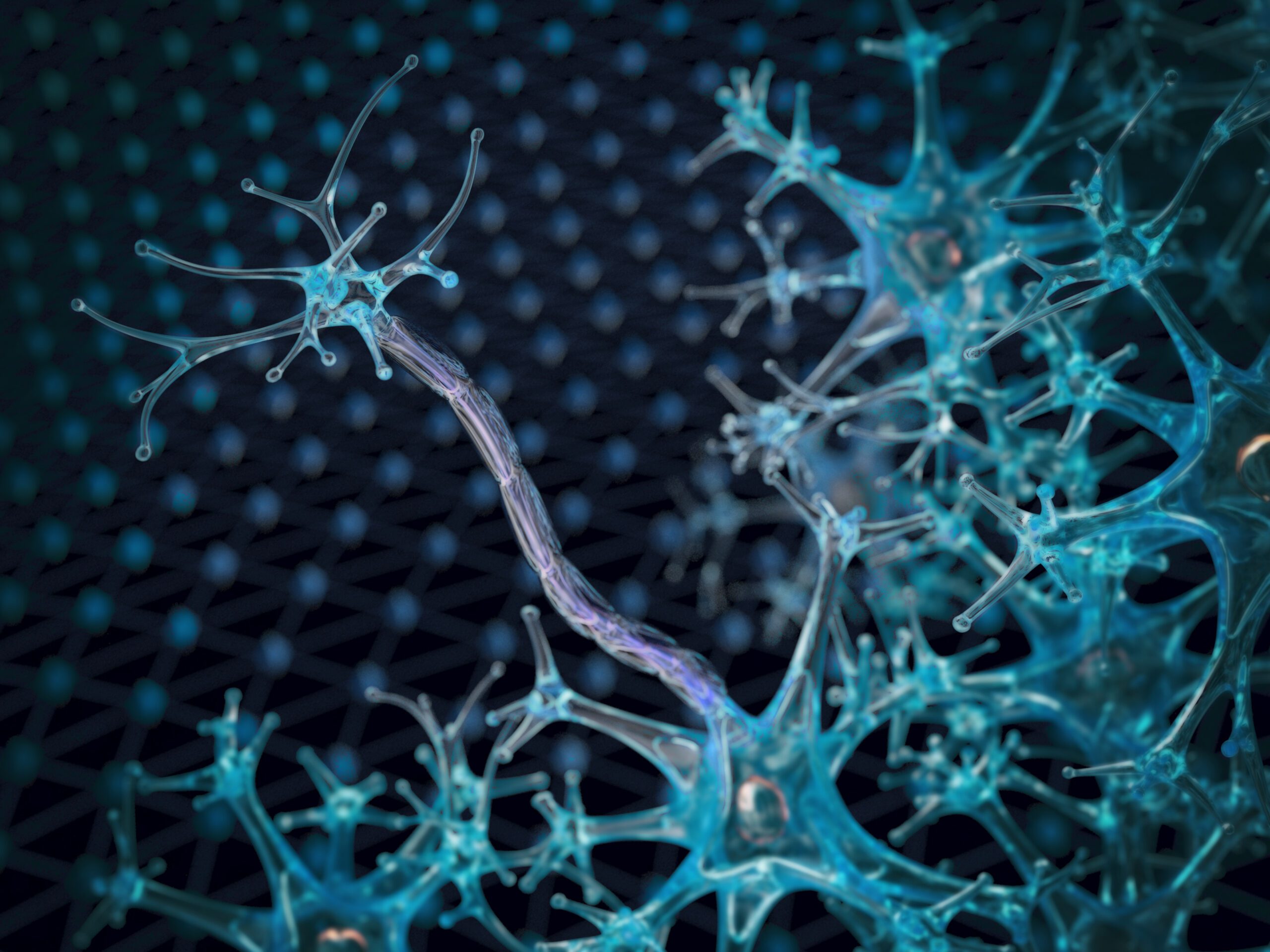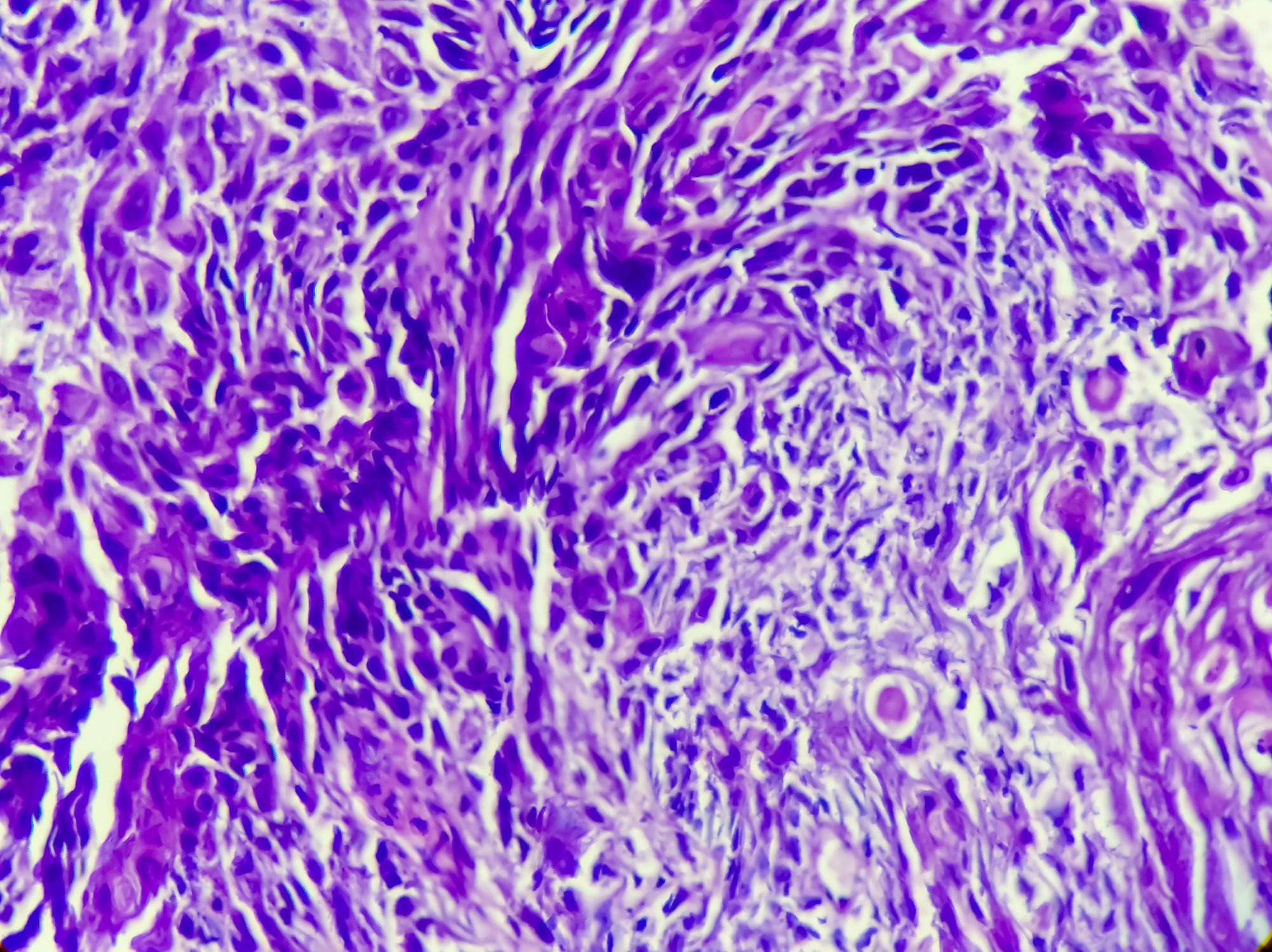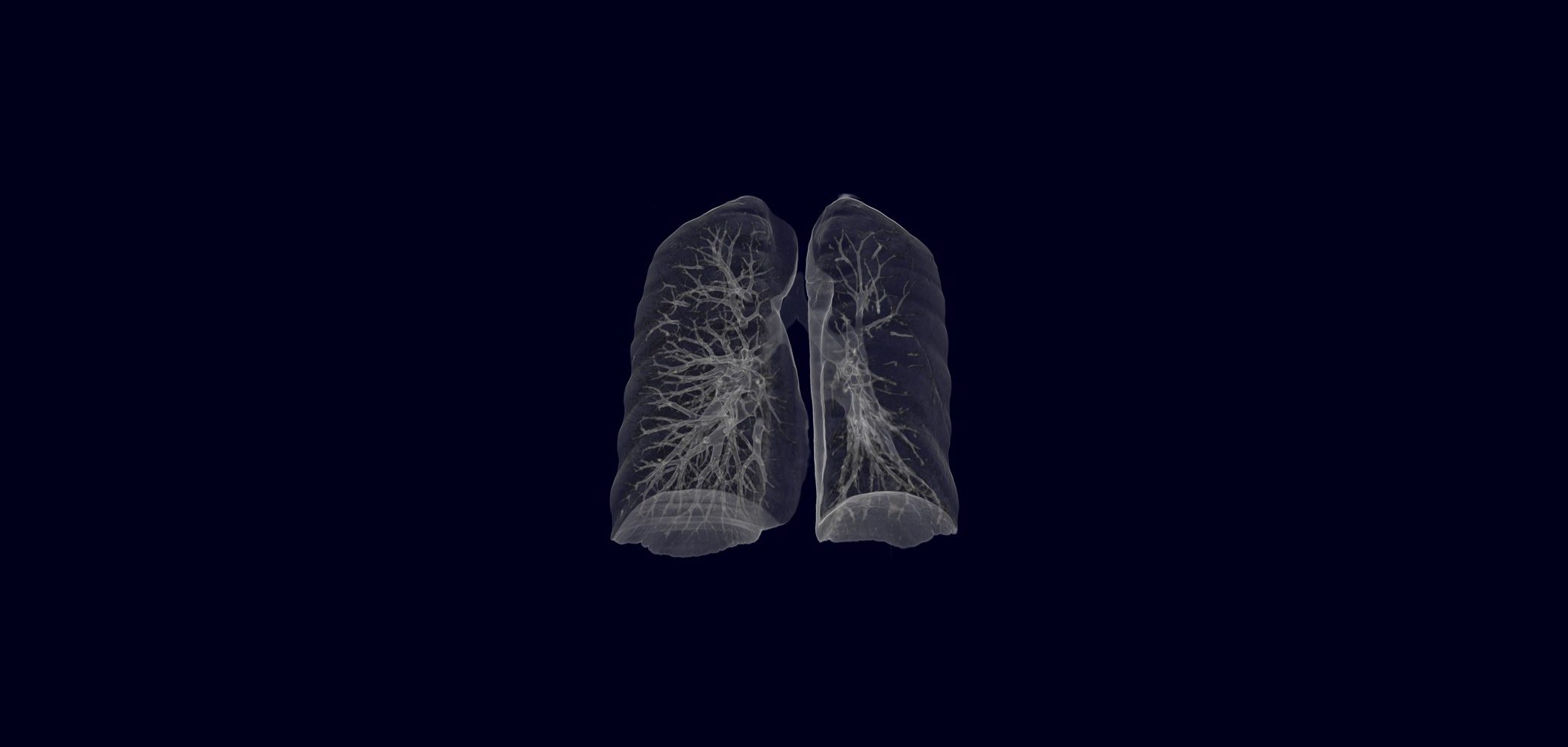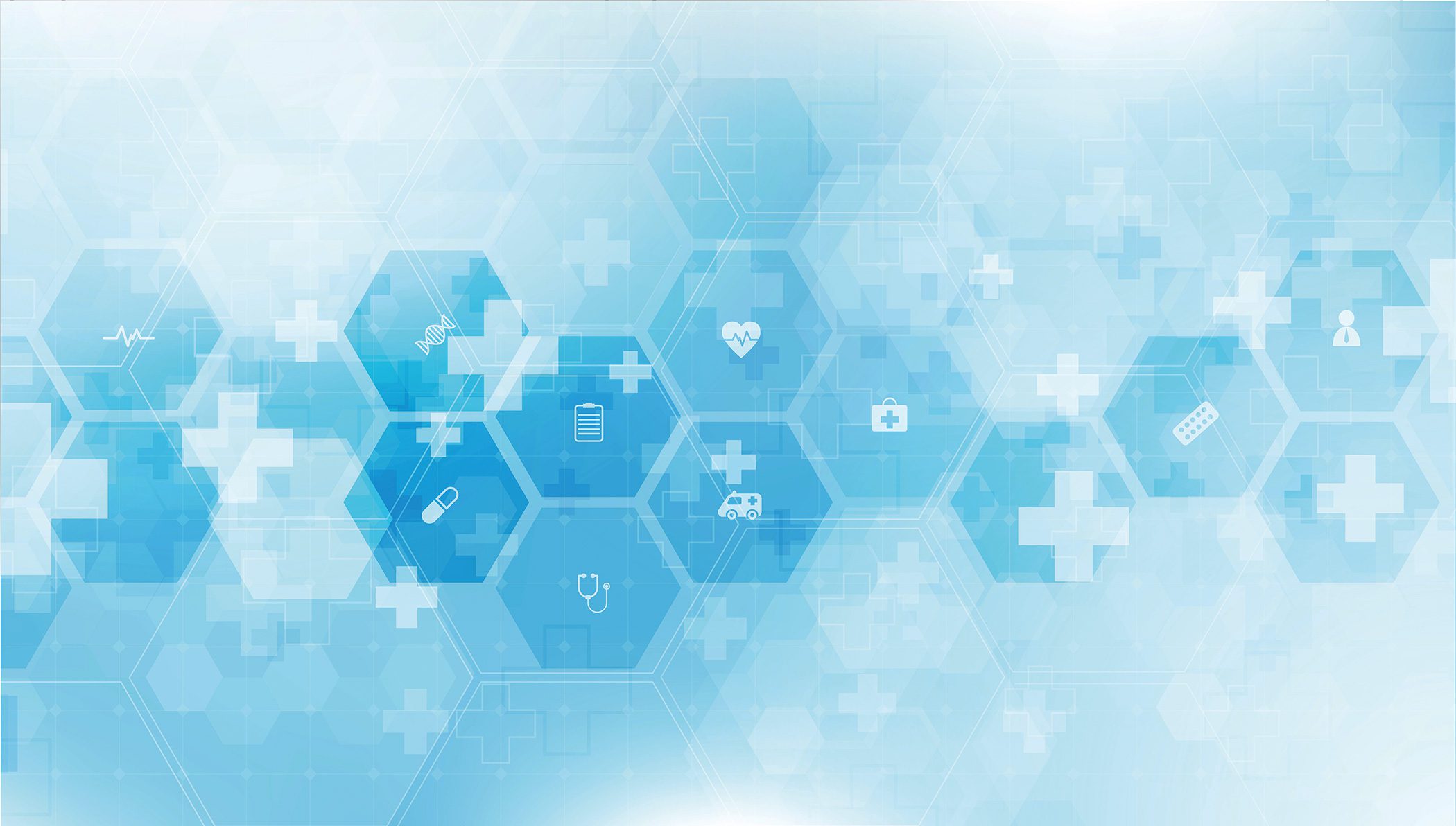Brittle bone disease – also known to a few as osteogenesis imperfecta (OI) – is rarely diagnosed in Switzerland. However, it is one of the more common rare diseases, which is why there is a patient association (SVOI-ASOI) that has been working for many years to raise awareness of the condition, which affects approximately 500-600 people, and to support people with OI.
Triggered by a genetic defect that permanently disrupts the collagen structure (collagen type 1) in the body, OI manifests itself very differently. There are currently eight known types, with the most common form being Type I. In some forms, the cause, a mutation of the collagen genes, is now known. However, a high variability of symptoms often does not allow a clear classification by the specialist. I describe in this article the most common forms with the greater health effects.
Type I
Type 1 often only becomes apparent when children are learning to walk and the first spontaneous fractures triggered by seemingly trivial situations occur. When puberty is reached, the incidence of fractures decreases again. As bone healing proceeds normally, most affected individuals reach adult size. Bone deformities are rather rare in type I. Up to 50% of those affected show hearing impairment. This is where dentinogenesis imperfecta (DI) occurs, which is noticeable by a grayish-bluish discoloration of the deciduous and permanent teeth.
Type II
Type II is considered the most severe form because it involves visible deformities of limbs with numerous fractures – including ribs – already in newborns. Very prominent appears the triangular face of the infant with soft bone structure of the skull (rubber head) and blue sclerae. This type of OI causes high infant mortality.
Type III
Type III is manifested by a late but severe and progressive course, resulting in reduced life expectancy in approximately 25% of adults. Small stature, which becomes visible at an early age, is accompanied by severe bone deformities, especially of the spine (scoliosis and kyphosis), which lead to complications of the respiratory system. A blue to white sclera can provide a first clue for a tentative diagnosis.
Type IV
Type IV is considered a milder form, which is also considered a transitional form from type I to III. It affects only isolated families and begins in the early developmental period of children who appear healthy at birth. At two years of age, these show retarded growth with the onset of spinal curvature. The sclerae appear inconspicuous to gray. Few affected individuals suffer from hearing impairment.
Type V
Type V refers to OI characterized by a hyperplastic callus (luxerian callus) without a common fracture. Hypercalization disturbs the connective tissue structure to such an extent that the elasticity of the membranes interooseae antibrachii and cruris is severely impaired. Inward or outward rotation of the forearm or lower leg occurs during the course. This symptom may contribute to the diagnosis.
Types VI-VIII are considered transitional forms with a severe to mild course.
No cure in sight
Therapeutically, the different forms of OI cannot be cured today, because the genetic defect cannot be treated so far. Effective medications are not available. Physiotherapy treatments with support of the fracture using intramedullary nails and bisphosphonate supplementation or hormones contribute to stabilization to a limited extent. Bisphosphonates are considered state of the art in OI because increased bone density is measurable when they are taken.
More information:
www.blog.orphanbiotec-foundation.com
www.svoi-asoi.ch
www.svoi-asoi.ch/index.php/aerzteliste (list of doctors)
HAUSARZT PRAXIS 2014; 9(10): 46-47




